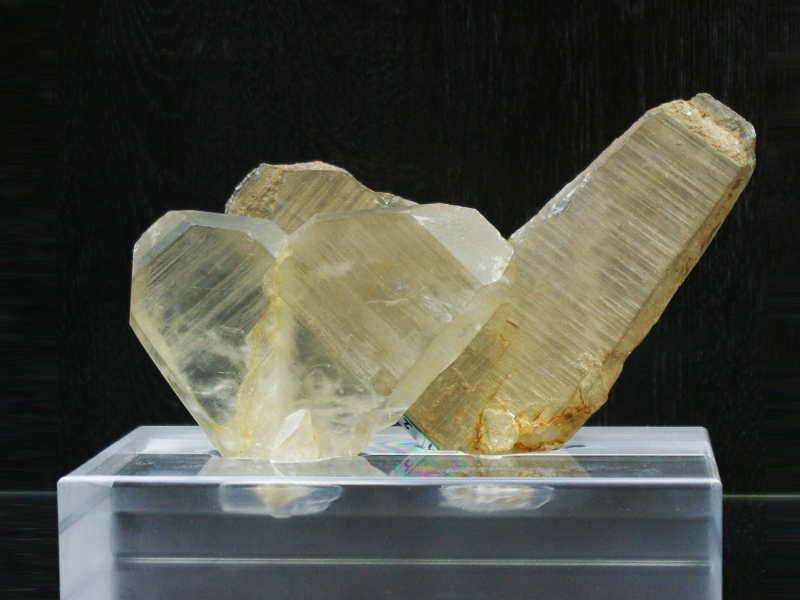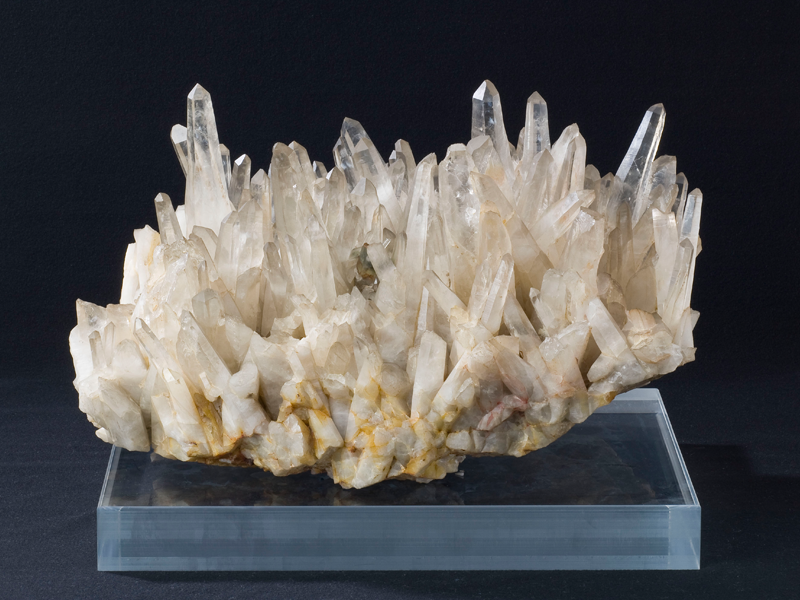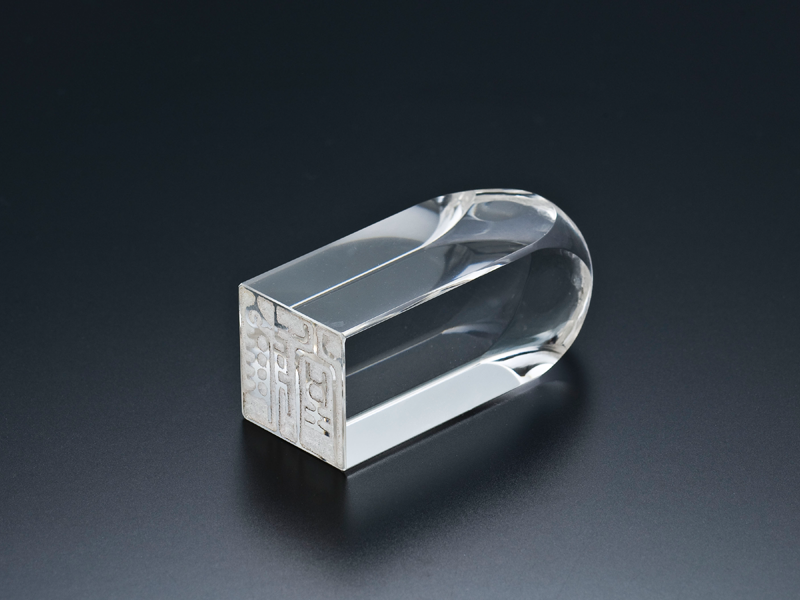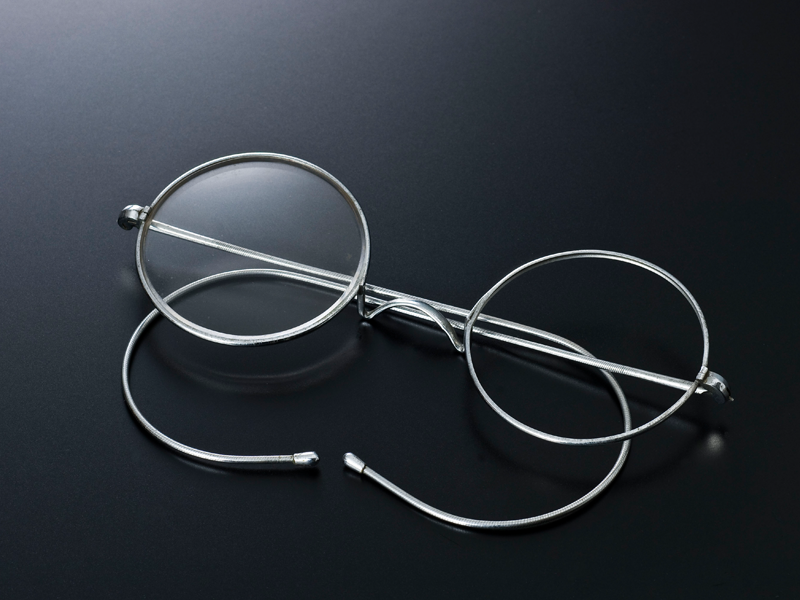Exhibition (collection)
● Permanent exhibition
The Quartz Collection House (Registered Tangible Cultural Property)
Exhibition Background / Outline

About University of Yamanashi Quartz Collection House
The Satoshi Ōmura Museum premises are also home to the Quartz Collection House, which showcases the University of Yamanashi’s unparalleled collection of valuable quartz.
In 1920, the University of Yamanashi (then the Yamanashi Normal School) received a donation of precious quartz and processed quartz products from Kōkichi Momose, a druggist and avid mineral enthusiast. To house the items, which boasted both significant academic value and aesthetic merit as pieces of craftwork, the University erected the reinforced-concrete Quartz Collection House in 1927.
The collection continued to grow across the subsequent decades. In the early 1960s, jewelers Muneyoshi Ishihara and Bun’ichi Ishikawa added to the University’s holdings with contributions of quartz accessories and crafts that highlighted cutting-edge processing techniques.
On display at the Quartz Collection House are a substantial number of academically and aesthetically important items from the University of Yamanashi’s roughly 170-piece quartz collection. The other pieces are currently on exhibit at the Yamanashi Jewelry Museum (located at Yamanashi Plaza in the Yamanashi Prefecture Disaster Prevention Annex).
Yamanashi has been a fertile source of quartz for centuries, fostering the development of numerous quartz-processing techniques. With the production of quartz jewelry and craftwork representing a key local industry, quartz now stands alongside Mt. Fuji and wine as a proud symbol of Yamanashi’s unique identity.
Introduction of quartz
Here are some of quartz you can see in The Quartz Collection House
 |
Twin quartzTranslucent, tabular Japan law twin quartz |
 |
Quartz class from Suishō-TōgeLong, columnar quartz formation (some pieces containing grass) |
 |
Quartz inkstoneCrafted by hand from a single piece of quartz (from the Takemori area)Created in 1873 |
 |
Mother-and-child pen name sealProduced in the early Taisho era, one side is a polished hemisphere. The seal is a large square. |
 |
glassesProduced in the early Showa period, with a circular crystal lens that is 4.2 cm in diameter, they show high-level processing technology. |



